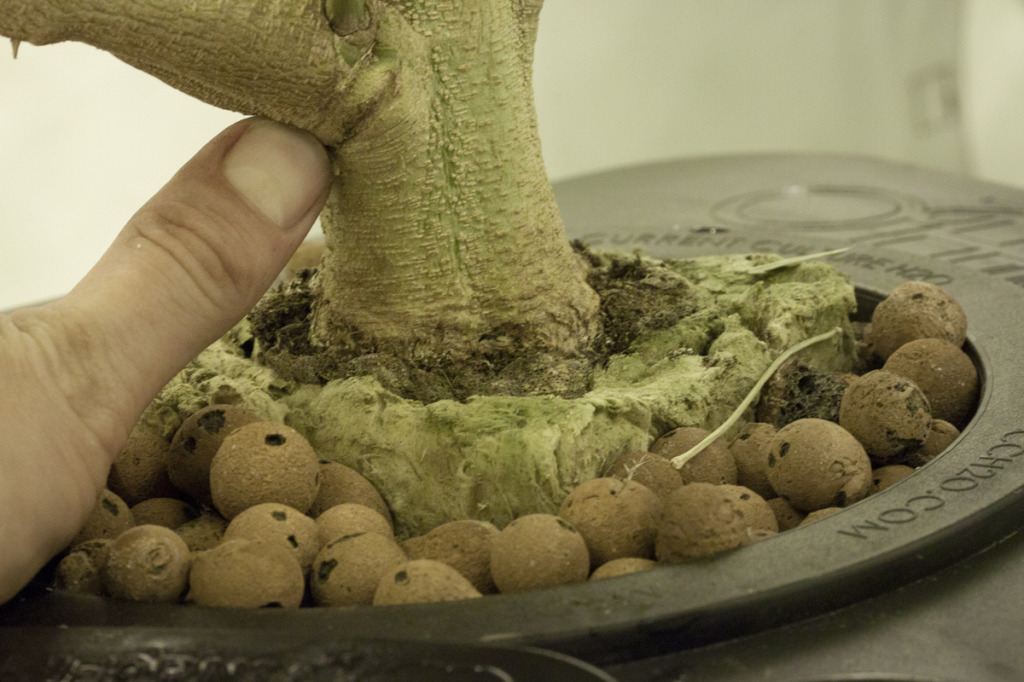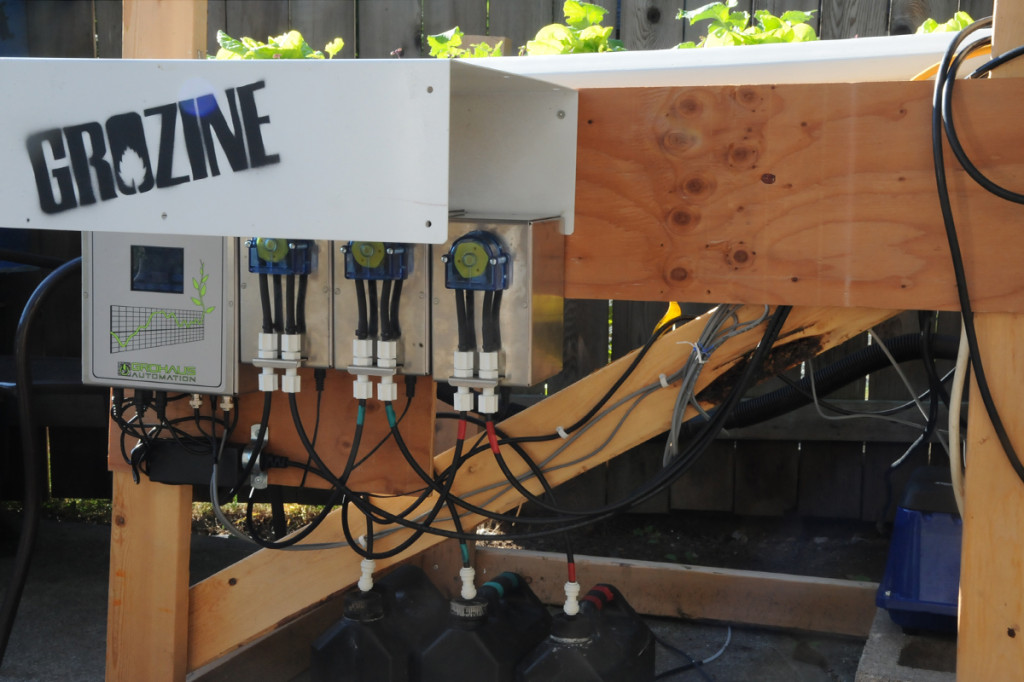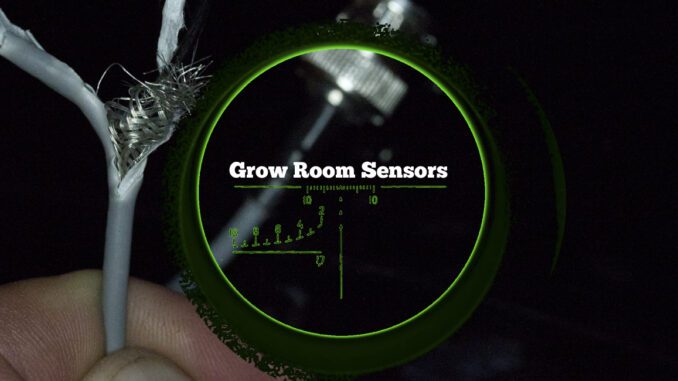
Grow Room Sensors
Keeping Accuracy in the Grow Room & Greenhouse
Grow Room Sensors by Jordan Gartenhaus
How confident are you about that grow room sensors measurement you just saw on your read out?
Grow room sensors, ie your pH meter reports a pH of 5.8, but just because the meter doesn’t have dreams or desires doesn’t mean that it won’t lie to you. In fact, if the health of your crop is paramount then you should always assume that all of your equipment is probably lying to you.
Seriously, when was the last time you actually checked to see if your grow room sensors are telling the truth?
Carl Sagan once said, “Science is a way to not fool ourselves,” and being the skeptical scientist that he was, what he was essentially saying was unless you test it for yourself you’ll never know the truth. Many people make the assumption that their equipment is always in good calibration, and only question their equipment once the plants start looking unhappy, which is always too late. Let’s take a look at why good equipment calibration is so important.
If everything in this world were static then people wouldn’t age, food would never spoil, and electrochemical sensors like the ones in pH probes for instance would never need calibration.
Unfortunately that’s not the case, and we have to calibrate our sensing equipment often because in fact it’s always changing. In the case of pH probes, the glass sensing portion at the bottom of the electrode is actually a permeable membrane for hydrogen ions (pH electrodes produce a small voltage potential based on changes in hydrogen ion concentration). Over time that glass membrane will age (read: change) and its response to hydrogen ion concentration will change as well. That is the root of the problem, and is also why you should calibrate your equipment regularly: It’s always changing and you should never assume otherwise.
In a perfect world we could just multiply the voltage coming out of our pH probe by 59.12mV, add that number to 7 and get our actual pH as perfect pH electrodes will report 59.12mV/pH unit and read 0mV at 7pH. Since there is no perfect pH electrode in existence the most immediate solution is to take a measurement of a known pH solution (e.g. 7pH) to see how bad the measurement error is and create an offset correction for it.
Probes that use one-point calibrations do exactly that, and they call it an “Offset Calibration.” They measure a known sample, calculate how “far off” the measurement is, and then apply that value as an offset correction. For example, if my probe tells me that a known 7.0pH sample is at 6.8pH, then my offset error is 0.2pH. Once I calibrate the meter, it will add 0.2pH to every measurement I take to account for the offset error. This operates on the assumption that the offset does not change throughout the probe’s measurement range, which is more often than not, a falsehood.
You may have noticed that higher quality (i.e. more expensive) measurement equipment use two data points for calibration. Why the added hassle? In addition to accounting for the electrode’s “offset error”, they go an additional step and adjust the “span” error as well. There are three lines plotted above. The blue line is a graph of an ideal pH electrode’s response along the full pH scale. It measures exactly zero volts at 7pH, and the slope of the line is 59.12mV/pH unit. The red line is a hypothetical ‘aged’ pH electrode that only has an offset error. The yellow line is a hypothetical ‘aged’ pH electrode that has a span and offset error.
Graph # 1 is great because it illustrates span and offset errors visually. Probes don’t typically age like the red plot, in that there is no span error, but that’s the assumption a meter is making when only an offset calibration is used. In that case we’re assuming that no matter where I take a measurement the error is always going to be constant. However, as probes age their response curve is going to look more like the curve in yellow in that they’ll have both span and offset errors. This has important implications for hydroponics applications.
If you perform a one-point calibration, let’s say at 7pH, that’s about 1.5pH points above where most people run their hydroponic nutrient solution. Look at the yellow line in the image in Graph #1. If we perform an offset calibration on the yellow line, then the slope of the line would stay the same, but we’d move it left so that it intercepts the vertical axis right at 7pH.
The problem here is that as the solution you’re measuring deviates from your calibration point, your error will almost invariably increase. By definition it has to if the slope of the two lines isn’t the same. The idea to take away here is that it’s important to choose a calibration point that is as close as possible to the sample you’re measuring.
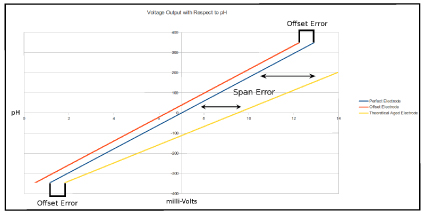
If your pH meter uses a one-point calibration and you know you’re going to be targeting a 6.0pH then you’re better off calibrating at 7.0pH rather than 4.0pH because it’s closer to your calibration point. This is a very simple way to reduce unnecessary error in your measurements.
Two-point calibrations are better than one-point because you’re accounting for offset, and any changes in the electrode’s sensitivity to hydrogen ion concentration (span error).
As pH electrodes age the voltage they produce relative to changes in hydrogen ion concentration will decrease and this needs to be accounted for. However, two-point calibrations aren’t infallible either. Two-point calibrations operate on the assumption that the sensor response curve is perfectly linear, when in reality we just approximate it to be linear, which is why we use a linear calibration correction. A graph is probably the best way to illustrate how or when this assumption of perfect linearity can be a problem:
Graph #2 shows a linear calibration curve (in blue) relative to a theoretical electrode output (in black).
The blue line in Graph #2 is an ideal linear calibration curve for pH electrodes. The thicker black line is a hypothetical output curve from an actual pH electrode. Again, we approximate the output of the electrode to be perfectly linear when in fact it very likely isn’t. As you can see, the two curves only intersect at the calibration points, and really nowhere else.
By definition this electrode is properly calibrated despite the fact that if you take a measurement that isn’t exactly 7pH or 4pH there’s going to be error.
The point of this graph is to illustrate that just because you recently calibrated your meter doesn’t mean it’s going to give you an accurate measurement.
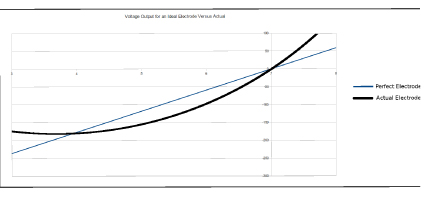
It’s a useful exercise to measure some known sample between your two calibration points to see how linear the output of your pH electrode is, and how accurate the measurements in this region really are. It also shows again that for the most accurate readings it’s important to choosecalibration points that are close to the sample you’re measuring.
Electronic sensors like TDS/EC and pH meters are inarguably vital tools required to properly maintain any hydroponic garden, but the overarching message here is that no one should ever assume their measurement equipment is perfect.
Even if it was, it was only perfect from a fleeting moment in time that has now past, since like people measurement equipment is always aging and changing. Calibration solution is cheap. Buy a lot of it and calibrate often for the best possible readings, and check multiple calibration points along your operating range to determine if there are certain spots in your meter’s measurement range that are particularly error prone.
Remember…your meter is not your friend, despite what it may tell you!
